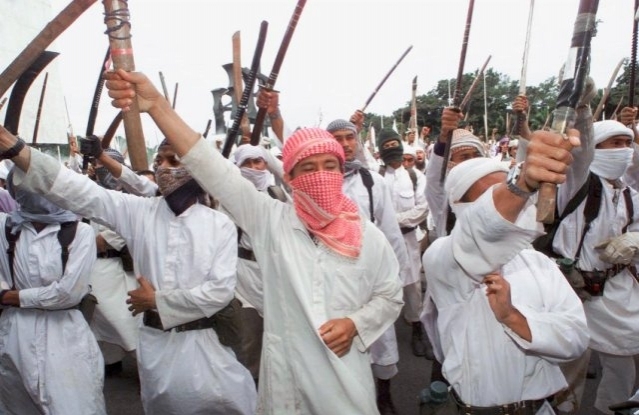How likely are religiously radical groups in Indonesia to succeed in reshaping the religious landscape?
According to Alexandre Pelletier from Cornell University, the answer lies in the strength of religious authority. In his research, Pelletier defines religious authority as the influence wielded by religious leaders and institutions, including figures such as kiai, preachers, and ustadz, as well as institutions like pesantren (Islamic boarding schools), study circles (majelis taklim), and religious social organizations.

Pelletier’s thesis, based on his research findings, asserts that the weaker the influence of local religious authority, the greater the opportunity for religious radicalism to thrive. Conversely, the stronger the influence of local religious structures, the less room there is for radicalism to take root.
Through his study, Pelletier observed that the rise of religious radicalism after the fall of the New Order was not primarily driven by religious beliefs or political ideologies, but rather by fierce competition for influence in communities where local religious authority is weak.
His research shows that in areas with strong local religious authority, militant groups cannot establish themselves. On the other hand, in regions where religious authority is fragmented and competitive, militant groups and radical religious movements tend to flourish.
Pelletier compares the situations in West Java and East Java. He notes that while Muslim communities in both provinces share similar religious views and attitudes, the key difference lies in the structure of local religious authority.
In West Java, the influence of kiai and pesantren is not as strong as in East Java. Even though West Java has more pesantren, none of them are as large or influential as those in East Java. Furthermore, West Java’s pesantren are fragmented, small in scale, and lack interconnectedness.
By contrast, East Java has a higher concentration of large pesantren that are part of an interconnected network. These pesantren are linked by traditional ties, creating a unified system that strengthens their influence.
With this comparison in mind, Pelletier’s findings suggest that the competition for influence among local religious authorities in East Java is not as intense or open as it is in West Java. In West Java, the fragmented nature of local religious authority has led to fierce competition, with religious leaders employing more aggressive rhetoric to gain influence. This environment has fostered the growth of religious radicalism.
In simpler terms, religious radicalism has been used as a tool to bolster the status, influence, and power of competing local religious authorities. Pelletier concludes that the proliferation of small religious leaders, or kiai, explains the rapid growth of militant groups in West Java.
How might this phenomenon reshape Indonesia’s religious landscape? There is a potential paradox at play. One of the side effects of democracy is the erosion of the influence of traditional religious figures and institutions. As these figures lose their concentration of power, “particular forces” vie for influence. When this happens, there is a greater opportunity for the rise of religious radicalism, especially driven by transnational ideological movements.
In light of this, Pelletier offers a key recommendation: authorities, especially the government, must carefully manage this phenomenon. The competition for influence among local religious authorities needs to be limited to control the mobilization of religious radicalism, which could otherwise pose a serious threat to the future of democracy in Indonesia.
Translated from here.






